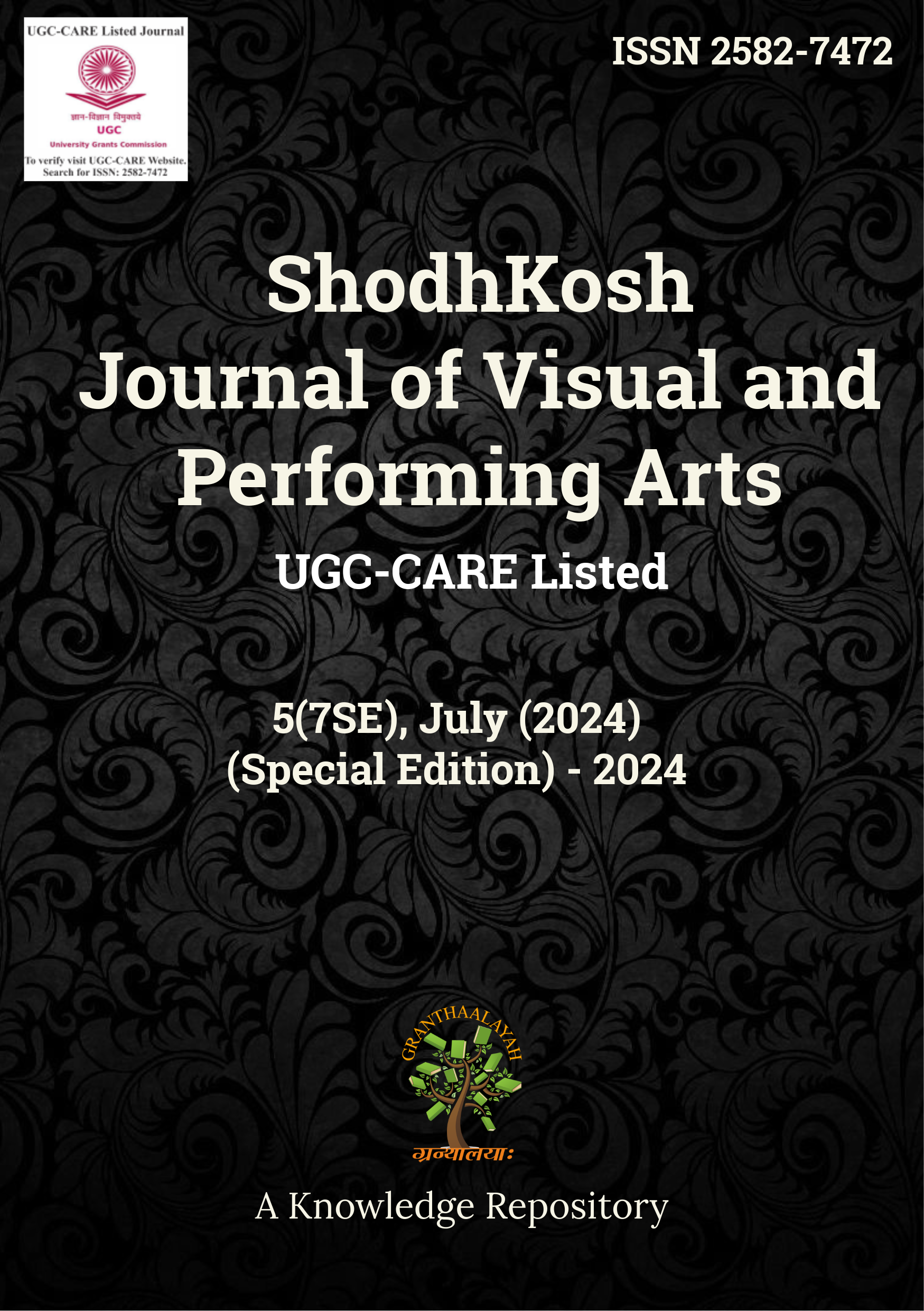MYANMAR’S CRISIS: TERRORISM AND MIGRATION
DOI:
https://doi.org/10.29121/shodhkosh.v5.i7SE.2024.5834Keywords:
Terrorism, Peace, Crisis, International CommunityAbstract [English]
“Unjust terror leaves scars on the soul that only justice can heal.”
Two major issues which Myanmar has been facing is terrorism and migration, that are not only the matter of concern of any particular place but whole country. The country is diverse where different ethnic groups and tension among them have caused violence and outrage for many years. Groups of terrorist have formed, and taking advantage of these divisions, and both the government and armed forces have played role in the violence. This thing has created fear of instability and insecurity for many lives in Myanmar.
Simultaneously, the tension forced many people to leave their homes. The Rohingya crisis in particular, has gained a lot of International attention as thousands of people have been forced to leave their homes due to persecution. The huge number of refugees has created problems for neighboring countries and the International Community.
This research paper looks at the root causes and solution of terrorism and migration in Myanmar, and focuses on the co-relation of these two issues. It examines how ethnic and religious tensions fuel violence, which in return forces individuals to leave their motherland. The paper will also focuses on the impact these issue lead to in the society at large.
Finally, the paper discusses achievable solutions and it calls for cooperation between countries, fair policies, and a focus on both security and human rights. Myanmar’s road to peace and stability depends on addressing this issue with justice, international support, and long-term planning within the country.
References
Amnesty International. “Myanmar: Crimes Against Humanity Against the Rohingya.” Amnesty International, 2017, www.amnesty.org/en/latest/news/2017/10/myanmar-crimes-against-humanity-against-the-rohingya/.
Human Rights Watch. “An Open Prison Without End: Myanmar’s Detention of Rohingya in Rakhine State.” Human Rights Watch, 2020, www.hrw.org/report/2020/10/08/open-prison-without-end/myanmars-detention-rohingya-rakhine-state.
International Crisis Group. “Myanmar’s Rohingya Crisis Enters a Dangerous New Phase.” International Crisis Group, 2019, www.crisisgroup.org/asia/south-east-asia/myanmar/292-myanmars-rohingya-crisis-enters-dangerous-new-phase.
United Nations High Commissioner for Refugees (UNHCR). “Rohingya Emergency.” UNHCR, 2023, www.unhcr.org/rohingya-emergency.html.
United Nations Office on Drugs and Crime (UNODC). “Terrorism Prevention in Southeast Asia: Challenges and Responses.” UNODC, 2021, www.unodc.org/unodc/en/terrorism/latest-news.html.
U.S. Department of State. “2022 Country Reports on Terrorism: Myanmar.” U.S. State Department, 2023, www.state.gov/reports/country-reports-on-terrorism-2022/myanmar.
Weiss, Meredith L., and Edward Aspinall. Student Activism in Asia: Between Protest and Powerlessness. University of Minnesota Press, 2012. DOI: https://doi.org/10.5749/minnesota/9780816679683.001.0001
Zarni, Maung, and Alice Cowley. "The Slow-Burning Genocide of Myanmar’s Rohingya." Pacific Rim Law & Policy Journal, vol. 23, no. 3, 2014, pp. 683-754.
Bhattacharjee, Kallol, “India’s Kaladan project ‘almost dead’ after Paletwa fell to Arakan Army: senior Myanmar Opposition leader”, The Hindu, February 8, 2024, see: https://www.thehindu.com/news/international/indias-kaladan-project-almost-dead-after-paletwa-fell-to-arakan-army-senior-myanmar-opposition-leader/article67825130.ece
]“India has built a world-class digital infrastructure: IMF”, The Economic Times, April 6, 2023, see: https://economictimes.indiatimes.com/news/india/india-has-built-a-world-class-digital-infrastructure-imf/articleshow/99292123.cms?from=mdr
Markey, Daniel, “The Strategic Implications of India’s Illiberalism and Democratic Erosion”, Asia Policy, National Bureau of Asian Research (NBR), Vol. 17, No. 1 (JANUARY 2022), pp. 77-106. DOI: https://doi.org/10.1353/asp.2022.0010
Brian Gorlick, The Rohingya Refugee Crisis: Rethinking Solutions and Accountability, SSRN Electronic Journal (2019) DOI: https://doi.org/10.2139/ssrn.3506638
Mohit Joshi, “orissa government Determined to root out naxalism,” July 27, 2009, Top News. In, accessed at http://www.topnews.in/orissa-government-determined-root-outnaxalism-2194595
Downloads
Published
How to Cite
Issue
Section
License
Copyright (c) 2024 Dr. Saroj Choudhary

This work is licensed under a Creative Commons Attribution 4.0 International License.
With the licence CC-BY, authors retain the copyright, allowing anyone to download, reuse, re-print, modify, distribute, and/or copy their contribution. The work must be properly attributed to its author.
It is not necessary to ask for further permission from the author or journal board.
This journal provides immediate open access to its content on the principle that making research freely available to the public supports a greater global exchange of knowledge.































